Home \ International \ The DCS 60 manage anti-collision on the jobsite of Vinci future head office
The DCS 60 manage anti-collision on the jobsite of Vinci future head office
07/12/2018
Pubblicato da Redazione
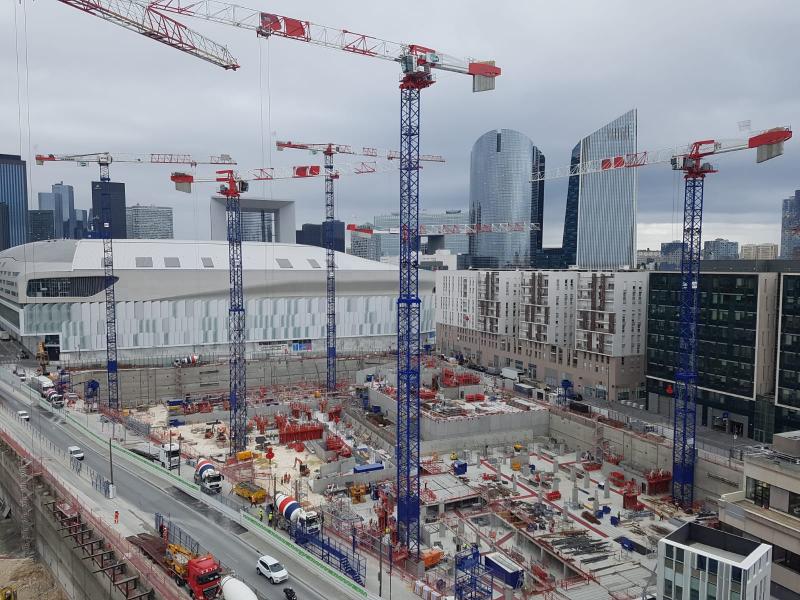
Anti-collision and zoning systems of AMCS technologies are currently in operation at the jobsite of Nanterre Archipel - Origine.
Anti-collision and zoning systems of AMCS technologies are currently in operation at the jobsite of Nanterre Archipel - Origine. Vinci's new headquarters, grouping together the four activities of the group, should be expected in the new Groues district in Nanterre by 2020.
So far, over a total area of 90,000 m2, 11 Liebherr and Potain flat-top cranes have been equipped with the DCS 60 and this figure is expected to increase further. Anti-collision and zoning systems manage the interferences between the many cranes and avoid any risk of collision. They intervene on the mechanisms of the machine in order to slow it down and to ensure complete immobilization of the crane at a pre-set distance from a particular obstacle.
A supervisor, the SUP 61, was also installed in the offices to monitor the site's activity in real time. Thanks to the radio link with the anti-collision network of the DCS 60 systems installed on the jobsite, the supervisor can display on a single screen the movements and information of all cranes equipped with the DCS 60. It records all information relating to the positioning of cranes (slewing, travelling, lifting and load ...) and to the anti-collision systems (events, defaults ...). It allows to visualize the work of all cranes equipped in real time and gives the possibility of intervening immediately remotely on the neutralization function of the system selectively.
The supervisor already allows to neutralize the interference and/or the prohibited zones, but it also gives the possibility of selectively activating or deactivating one or more prohibited zones remotely. These zones are previously defined and numbered, thus, from the computer screen, it is possible to activate or deactivate one or more zones, in order to allow, for example, the crane to momentarily fly over one or more prohibited zones or to protect the overflight of a mobile crane.
This feature was developed to meet the jobsite needs as a driver assistance to enter an area when, for example, a mobile crane no longer works. The main objective being to guarantee the safety of the cranes and consequently of the workers on the jobesite, this can not be considered as a management of the anti-collision for mobile cranes but allows an economic and temporary solution of assistance to the safety.

Ultime notizie di OnSite News
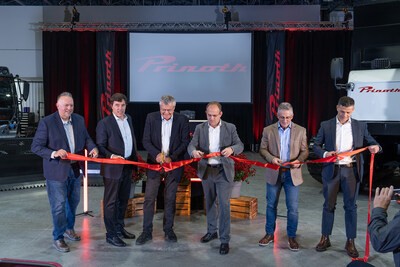
Earthmoving Machinery
25/11/2024
Prinoth Unveils Expanded Production Facility in Granby, Canada
Prinoth held an event to announce the official opening of it...

Logistics
22/11/2024
Sarens acquires additional SCHEUERLE SPMT K24 modules
renowned for its expertise in crane rental services, heavy l...
Equipments
21/11/2024
SITECH partners with Royal Engineers to create poppy and demonstrate tech offering
The demostration involved creating a ground-level poppy desi...
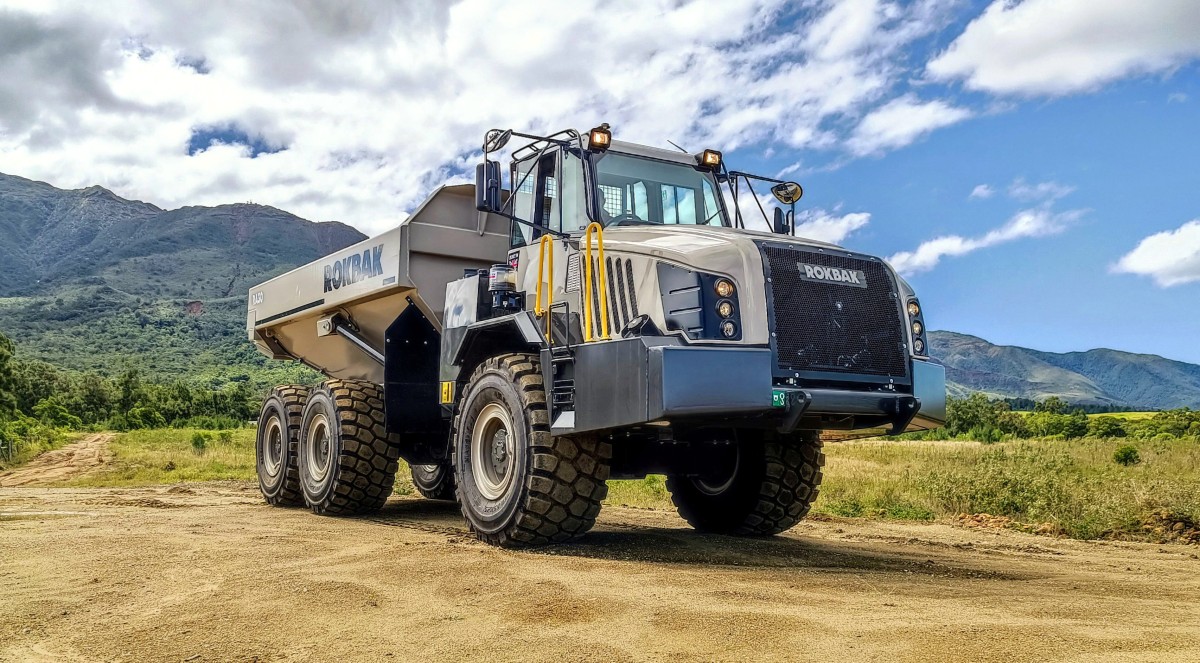
Earthmoving Machinery
20/11/2024
Strong and stable RA30 trucks carry the weight at New Caledonian mine
Three Rokbak RA30 trucks are delivering exceptional durabili...
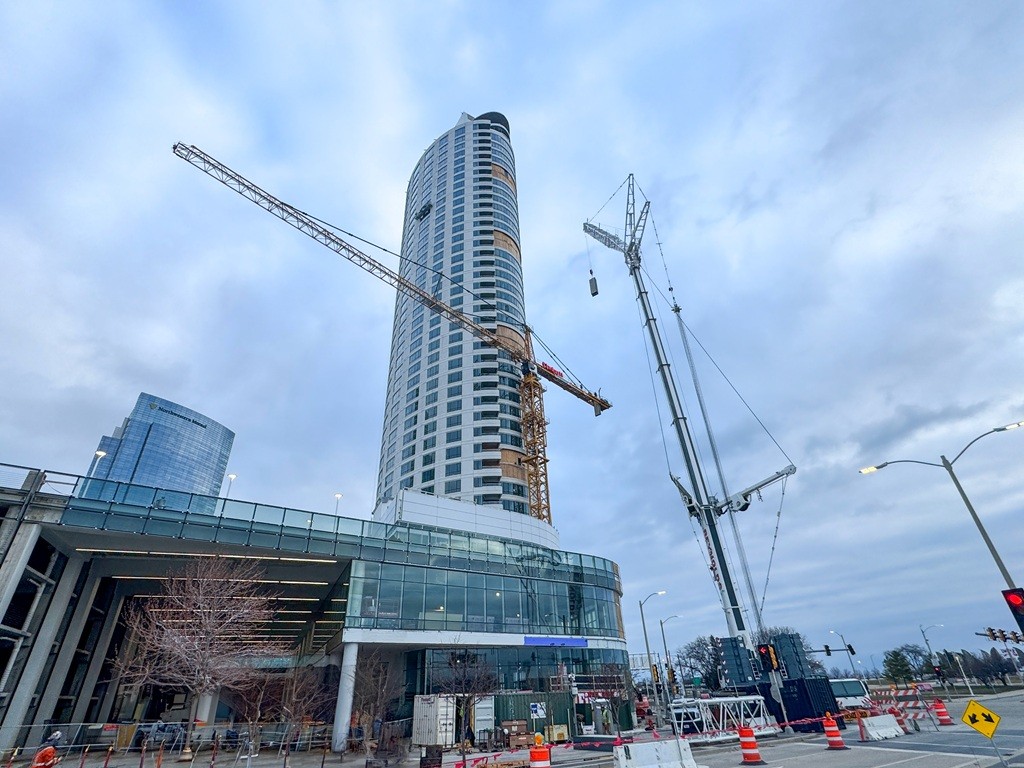
Lifting
20/11/2024
Tadano AC 7.450-1 Performs Double Duty in Wisconsin
A cost-saving and versatile solution was already on site - a...
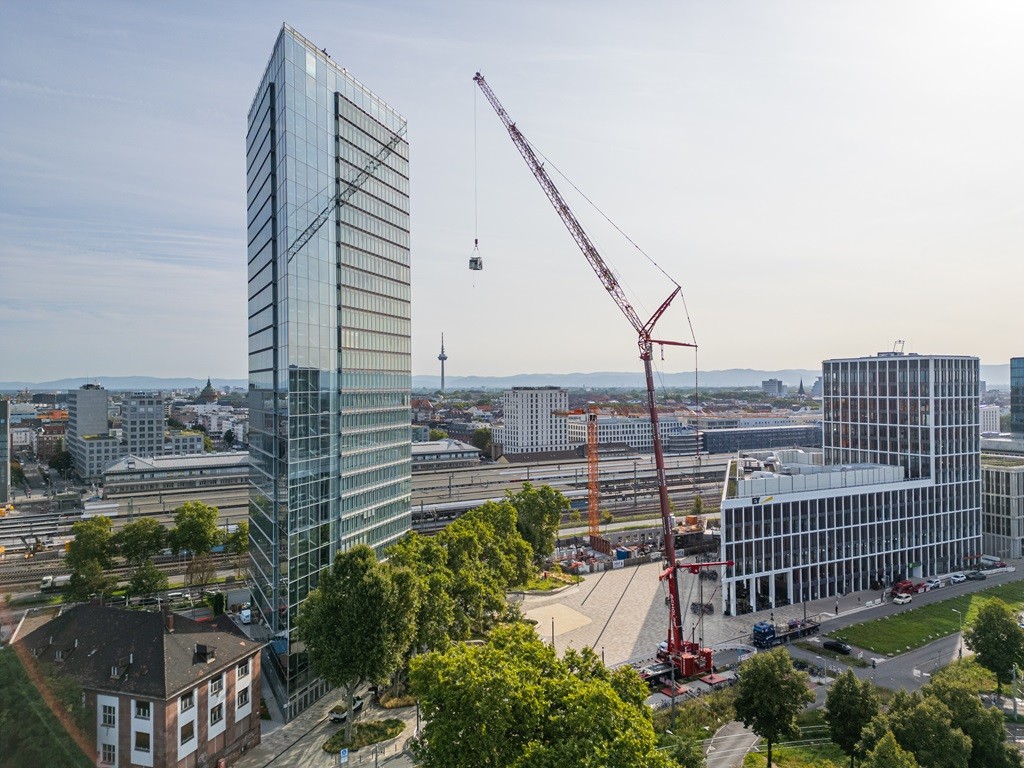
Lifting
11/11/2024
Tadano AC 7.450-1 all terrain crane for the Victoria Tower in Mannheim
Tadano AC 7.450-1 all terrain crane lifts cooling unit to to...
Altri International
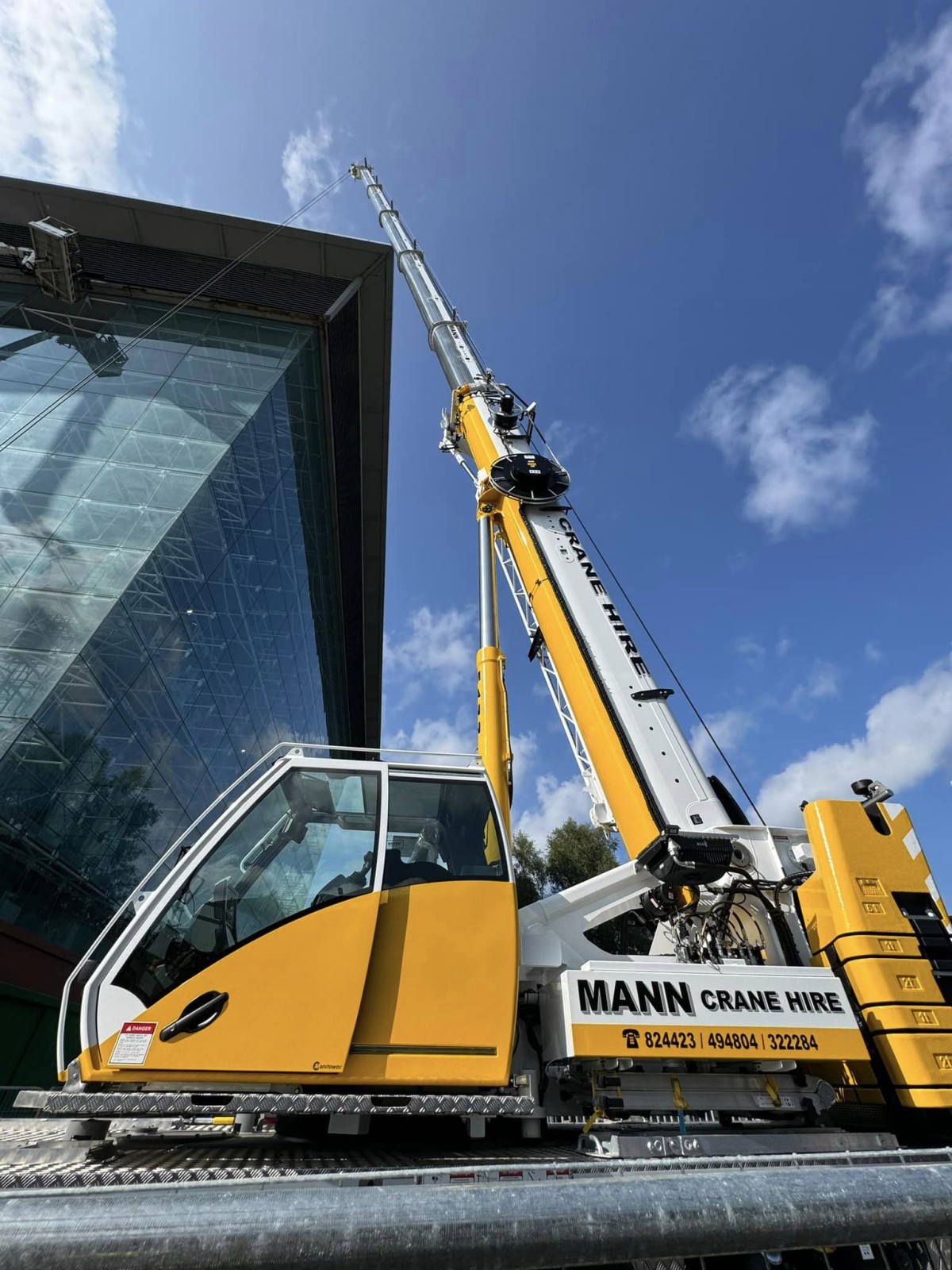
International
25/11/2024
New Grove GMK3060L-1 drives busy schedule for Mann Crane Hire
• Mann Crane Hire selected the GMK3060L-1 for its class-lead...

International
25/11/2024
Prinoth Unveils Expanded Production Facility in Granby, Canada
Prinoth held an event to announce the official opening of it...

International
23/11/2024
GPMat International takes delivery of two Raimondi T147s residential development in the South of France
- Official agent of France expands its product lineup with t...

International
22/11/2024
Sarens acquires additional SCHEUERLE SPMT K24 modules
renowned for its expertise in crane rental services, heavy l...
International
22/11/2024
Five WOLFF cranes modernize Oslo’s Ulven district
With a total of five WOLFF cranes of type 7534.16 Clear, Wol...

International
21/11/2024
Kleemann: New compact crusher used for recycling
Impact crusher MOBIREX MR 100i NEO impresses during operatio...







































